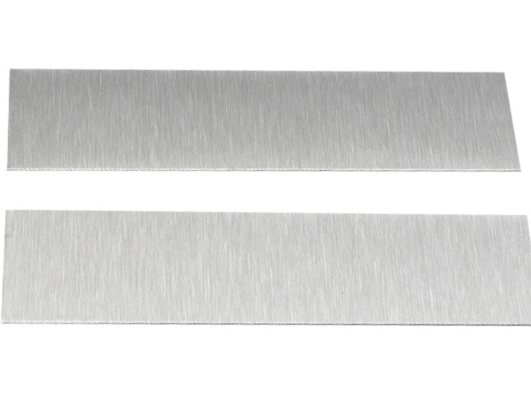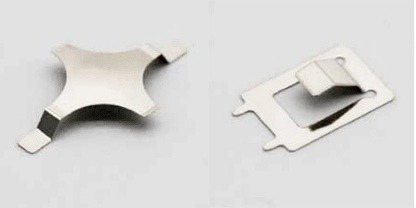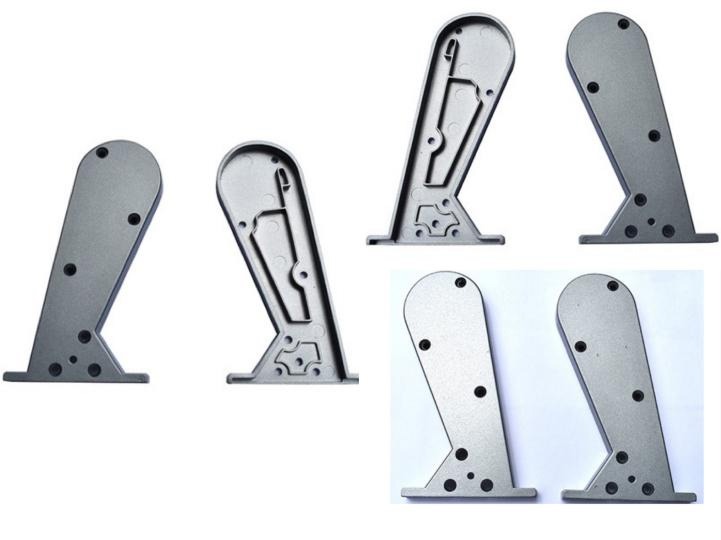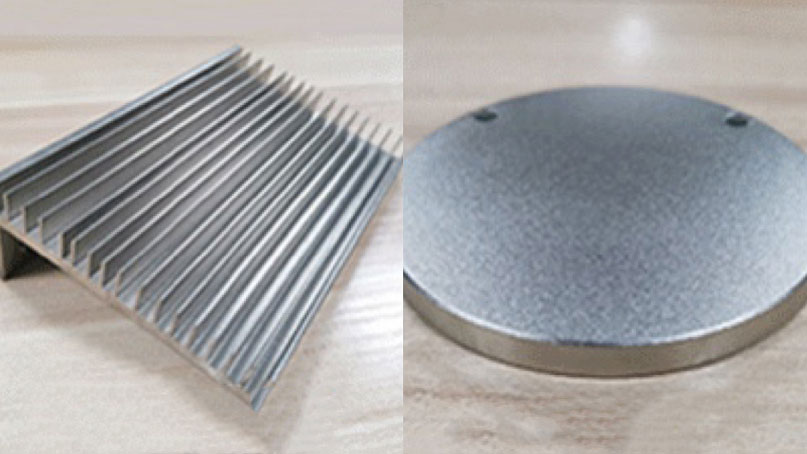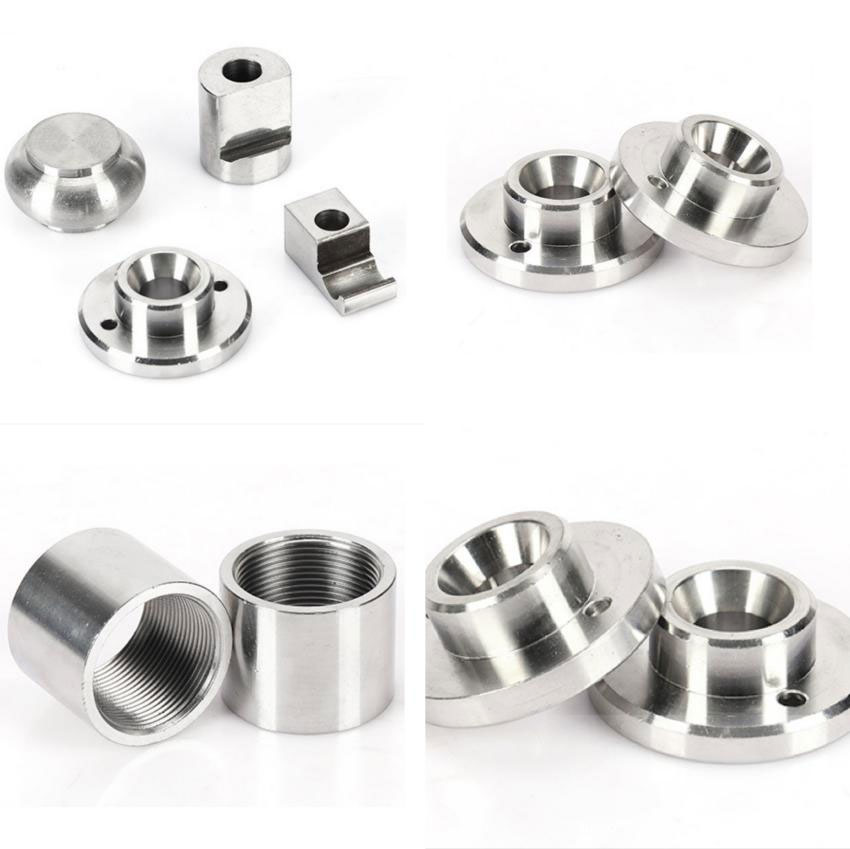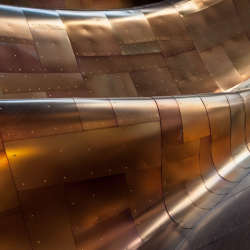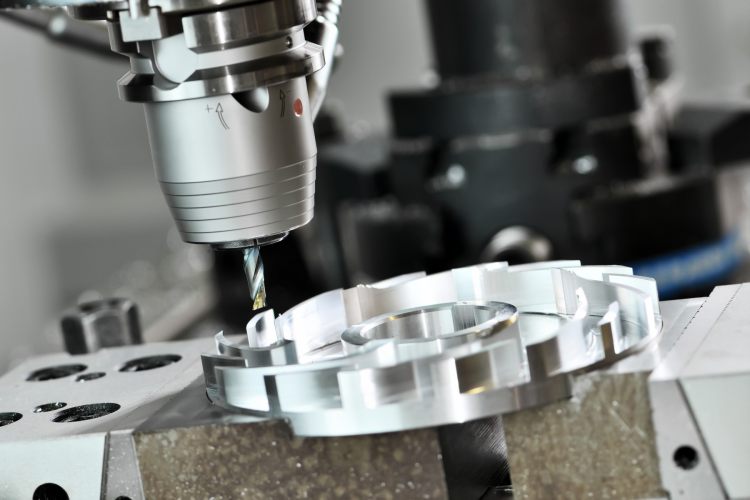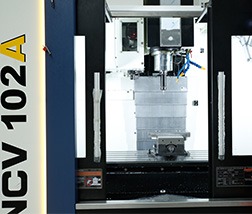Anodizing is a widely used surface treatment process that enhances the appearance and durability of aluminum products. By creating a controlled oxide layer on the surface of the metal, anodizing protects aluminum from corrosion, wear, and environmental factors, making it an essential technique in various industries. In this article, we will delve into the process of anodizing aluminum, exploring the steps involved, the benefits it offers, and safety considerations.

Understanding Anodizing Aluminum
Anodizing is an electrochemical process that converts the outer layer of aluminum into a durable, corrosion-resistant, and aesthetically appealing surface. This controlled oxidation results in the formation of a thick, porous anodic layer, which can be dyed or sealed to achieve different colors and properties.
What is the Process of Anodizing Aluminum?
- Preparing the Aluminum Surface
Before anodizing, it is crucial to prepare the aluminum surface adequately. Thoroughly clean the aluminum parts to remove any dirt, grease, or contaminants using a mild alkaline cleaner or degreasing agent. Proper cleaning ensures uniform oxide formation and enhances the effectiveness of the anodizing process.
- Creating the Anodizing Bath
The anodizing bath is typically a mixture of sulfuric acid and distilled or deionized water, with the acid concentration ranging from 10% to 15%. It is essential to handle sulfuric acid with caution, following safety guidelines and wearing appropriate protective gear.
- Setting Up the Anodizing Tank
Place lead or stainless steel cathodes into the anodizing tank. These cathodes will serve as the negative electrodes during the anodizing process. Submerge the cleaned aluminum parts into the anodizing bath, ensuring they are appropriately suspended or hung, acting as the positive electrodes.
- Anodizing the Aluminum
Connect the positive terminal of a direct current (DC) power supply to the aluminum parts and the negative terminal to the cathodes. When the power supply is turned on, a current flow will initiate the electrochemical oxidation process, forming the anodic oxide layer on the aluminum surface. The thickness of the anodized layer depends on the anodizing time and current density, with typical anodizing durations ranging from 30 minutes to several hours.
- Rinse and Neutralize
Once the anodizing process is complete, remove the aluminum parts from the anodizing bath. Thoroughly rinse the parts with distilled or deionized water to remove any excess acid and neutralize the surface.
- Optional Coloring (Dyeing)
For aluminum products that require a specific color or appearance, dyeing can be performed after the anodizing process. Immersing the anodized parts in a dye bath allows the porous oxide layer to absorb the dye, resulting in a vibrant and consistent coloration.
- Sealing the Anodized Layer
To improve corrosion resistance and color retention, it is essential to seal the anodized layer. This step involves immersing the anodized parts in hot water or a nickel acetate solution, which closes the pores in the oxide layer, preventing further oxidation and enhancing the longevity of the anodized surface.
- Safety Considerations
Anodizing aluminum involves the use of chemicals, particularly sulfuric acid, which can be hazardous if mishandled. When working with chemicals, always wear appropriate protective gear, such as gloves, goggles, and a lab coat, and ensure proper ventilation in the workspace.
Moreover, electricity is used in the anodizing process, which necessitates caution and adherence to safety protocols. Avoid direct contact with electrical components while the power supply is connected and use equipment with built-in safety features to prevent accidents.
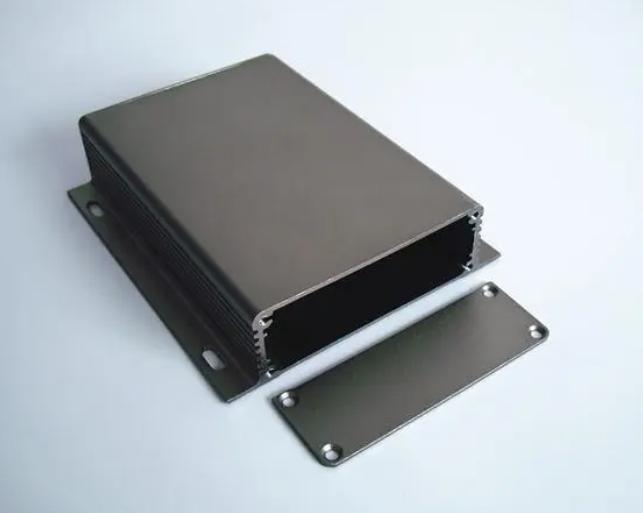
What are the Benefits of Anodizing Aluminum?
Anodizing aluminum offers numerous advantages, making it a popular surface treatment choice in various industries:
- Enhanced Corrosion Resistance: The anodized layer acts as a protective barrier, significantly improving aluminum’s resistance to corrosion, especially in harsh environments like marine or outdoor settings.
- Increased Durability: Anodized aluminum is more scratch-resistant and wear-resistant than untreated aluminum, ensuring products retain their appearance and functionality for a prolonged period.
- Aesthetically Pleasing Finishes: Anodizing allows for a wide range of color options, giving designers and manufacturers the flexibility to match products with specific aesthetics or brand identities.
- Environmentally Friendly: Anodizing is an environmentally friendly process that produces minimal waste and consumes less energy compared to some other surface treatment methods.
What are the Applications of Anodized Aluminum?
The versatility and durability of anodized aluminum have led to its widespread use in various industries:
- Architecture and Construction: Anodized aluminum is a popular choice for building facades, window frames, and interior applications due to its aesthetic appeal and weather resistance.
- Automotive and Aerospace: Anodized aluminum components are used in automobiles, aircraft, and spacecraft for their lightweight, corrosion-resistant properties.
- Consumer Electronics: Anodized aluminum is frequently used in smartphones, laptops, and other electronic devices to achieve a sleek and durable finish.
- Cookware and Household Items: Anodized aluminum cookware provides a non-reactive, scratch-resistant surface that enhances cooking performance and durability.
Conclusion
Anodizing aluminum is a valuable surface treatment process that enhances the appearance and durability of aluminum products. By creating a controlled oxide layer through electrochemical oxidation, anodizing provides corrosion resistance, wear resistance, and various color options. While the process involves chemicals and electricity, practicing safety precautions ensures a successful and safe anodizing experience.
With its wide range of applications in architecture, automotive, electronics, and household products, anodized aluminum continues to be a preferred choice for manufacturers seeking to elevate the performance and aesthetics of their aluminum components.


